Maaz ماعز
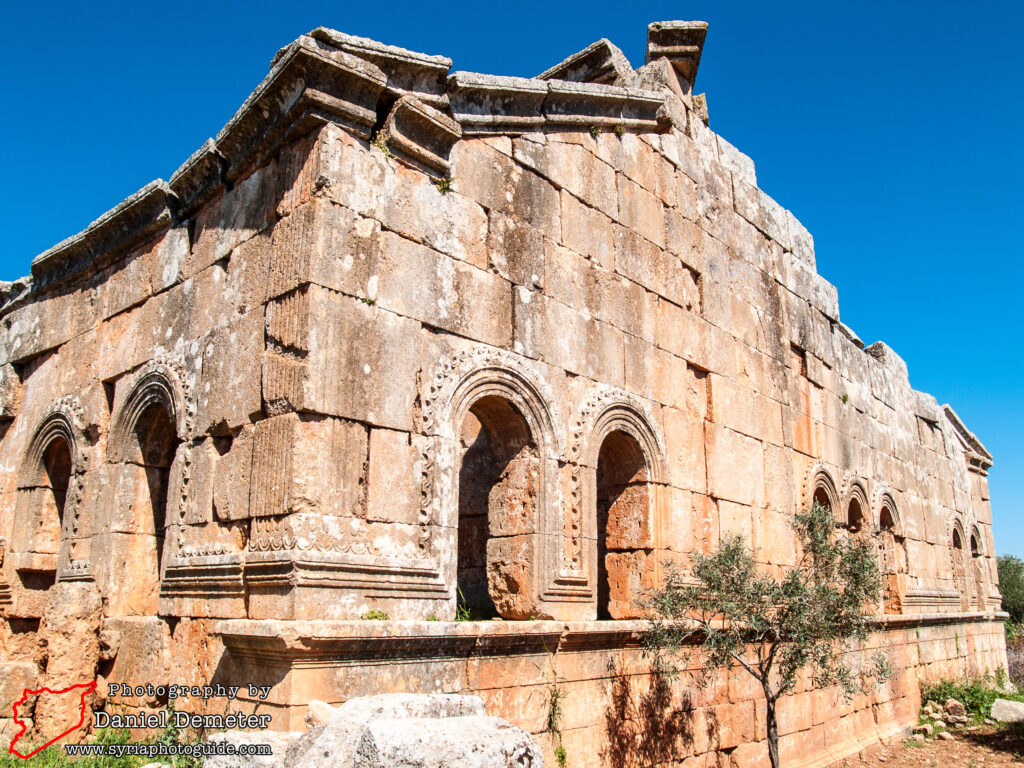
Maaz (ماعز) is a fairly extensive site located in a valley of Jebel Barisha (جبل باريشا). It probably played a central role in the surrounding region from the second century because of its sizable fertile area. The town grew up around the agora and temple of the second century Roman settlement. Other Roman remains also include a nearby andron and a water reservoir. Archaeologist George Tchalenko notes that its history seems to be marked by two separate periods of prosperity, one at the beginning, the second at the end of the Roman/Byzantine period.
The most notable ruin of the Christian period is the sizable church to the east which has a richly decorated rear wall including elaborate window placements (first decades of the sixth century). The church compound also includes a baptistery (to the south) and tomb. The second church (mid-sixth century, columned basilica) is less lavish and little remains of its structure. The ruined monastery of Burj Aizarara (برج عيزارارا) to the east dates from the second half of the sixth century.
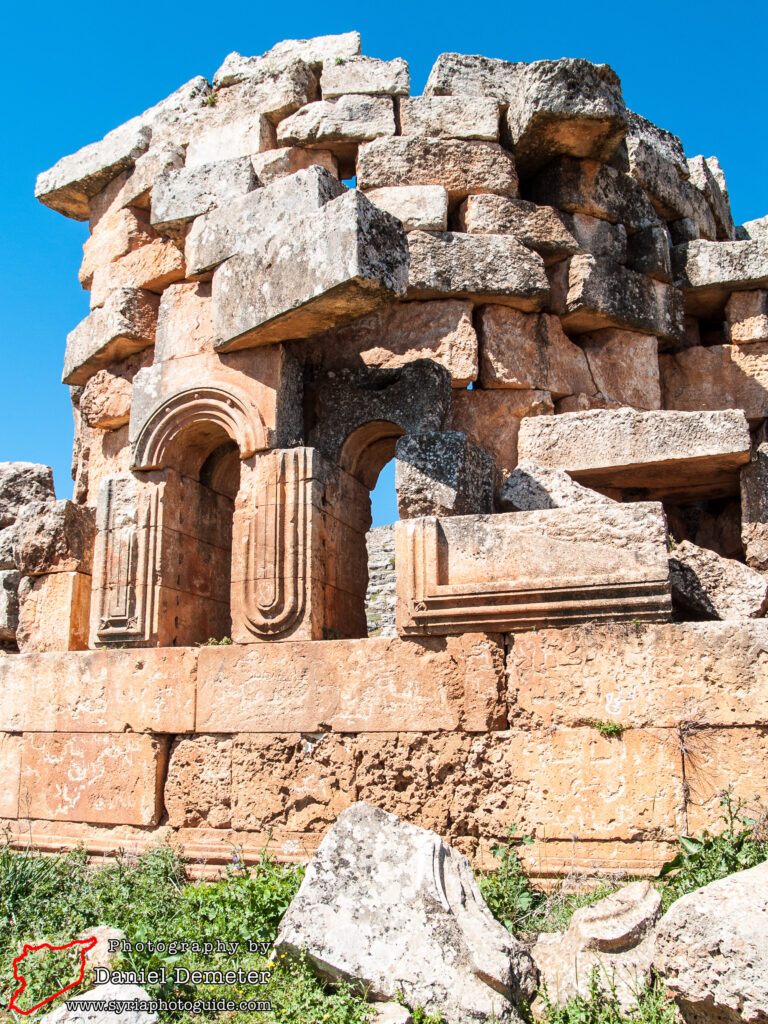

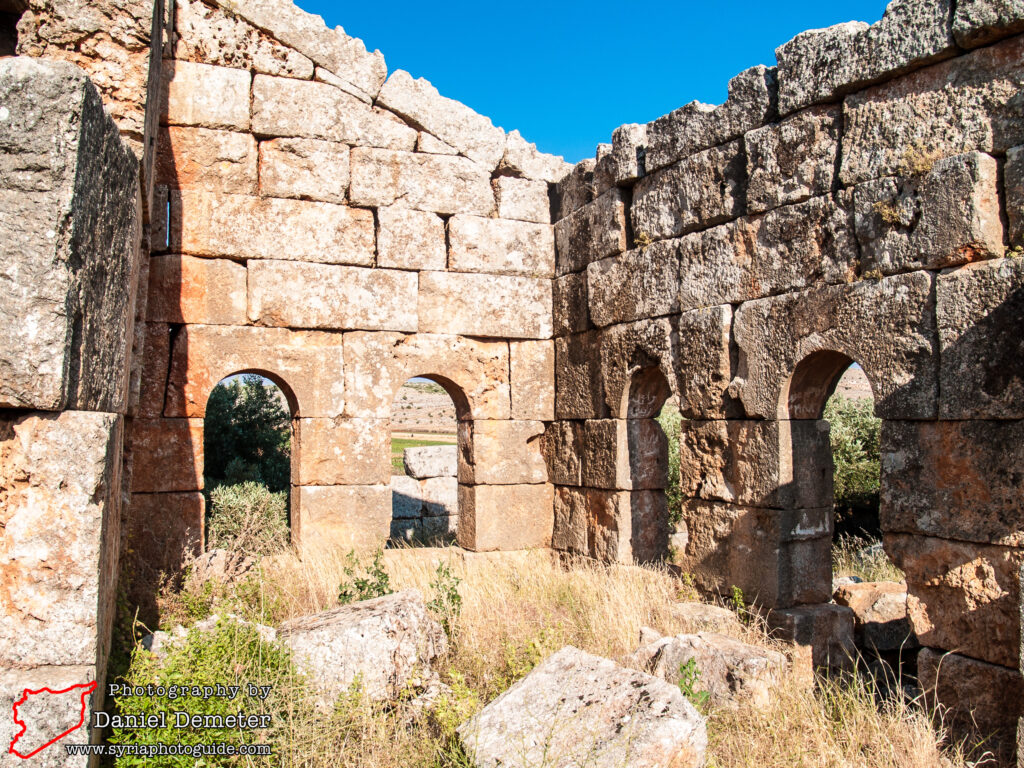
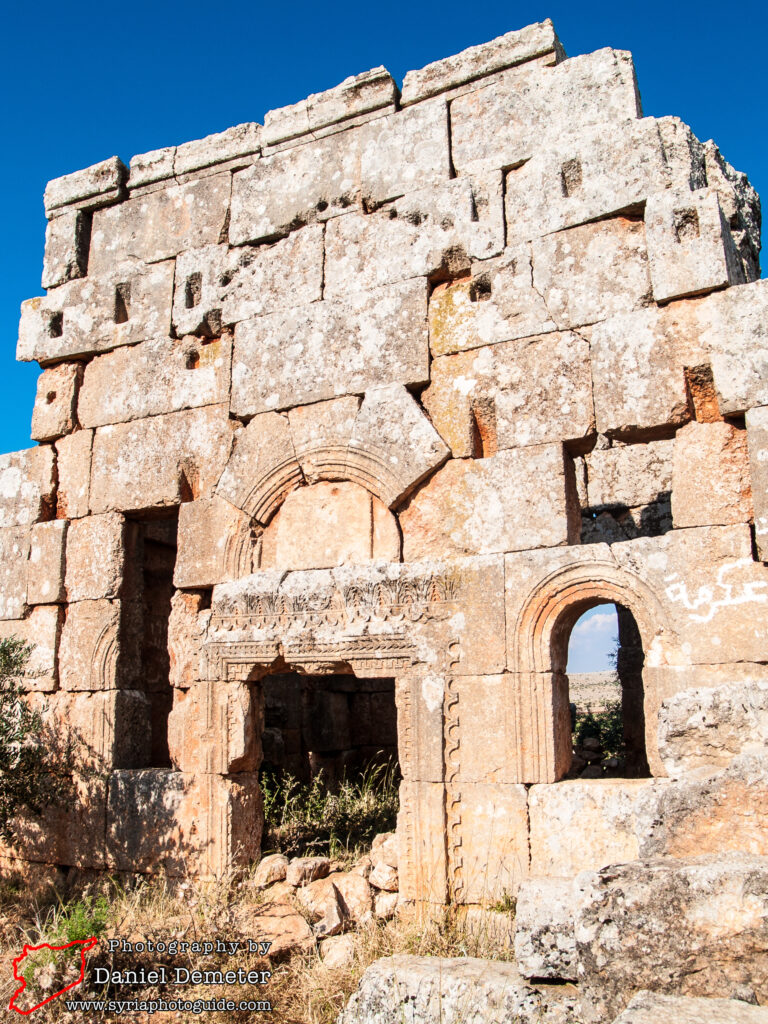
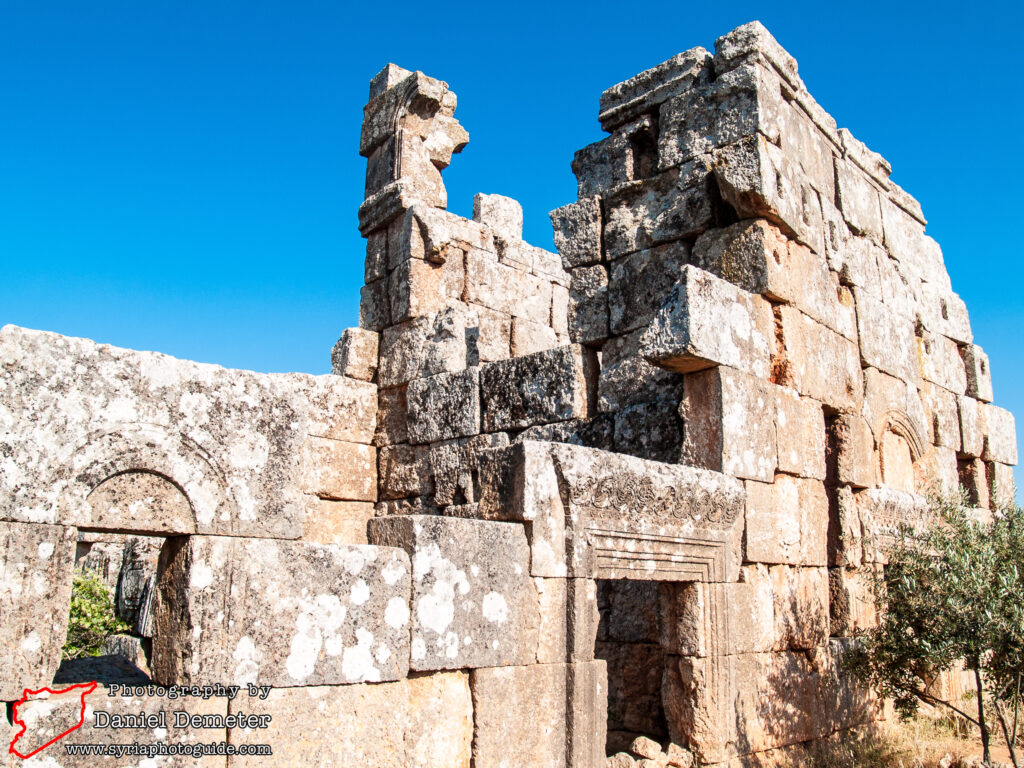
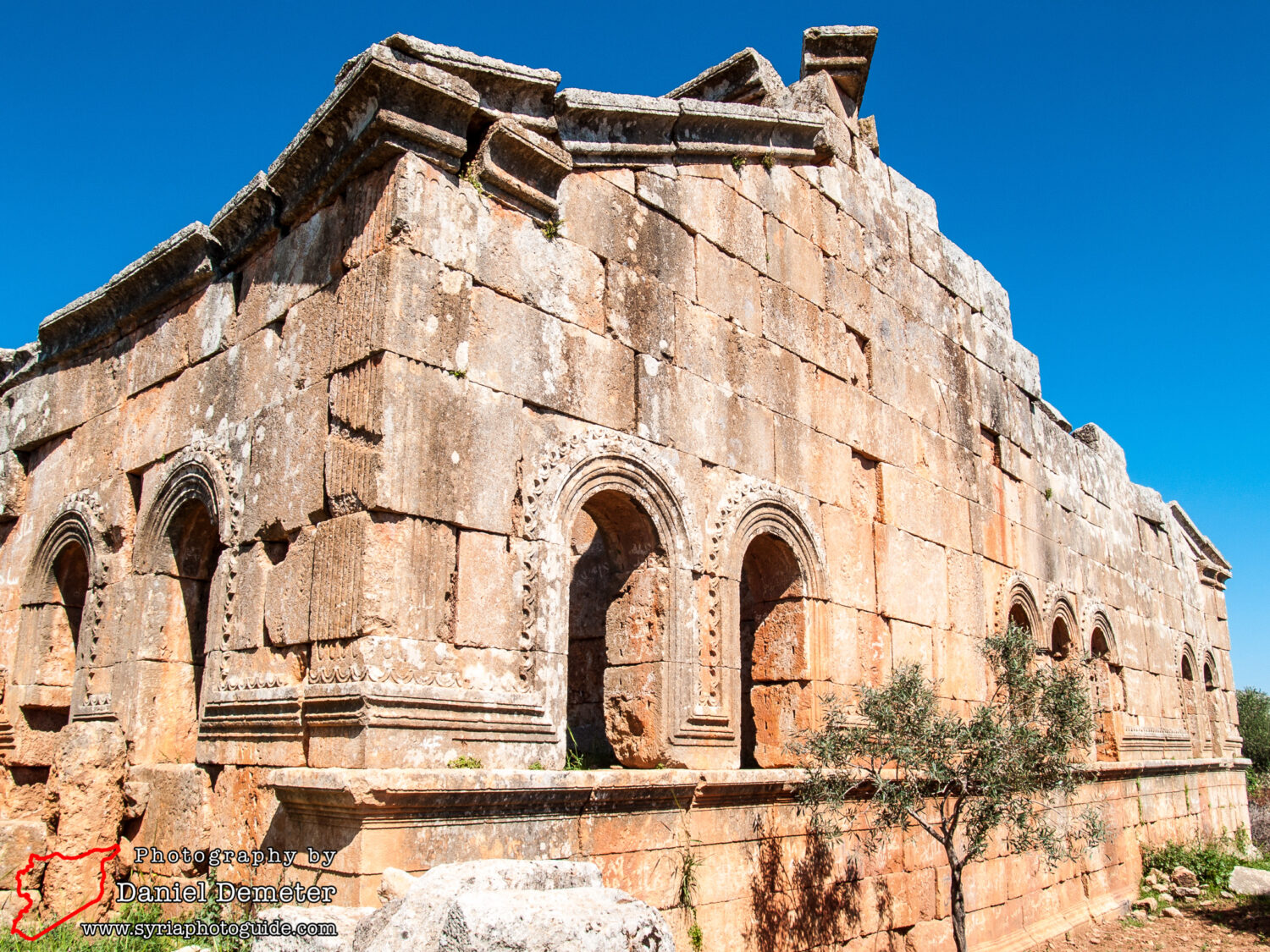
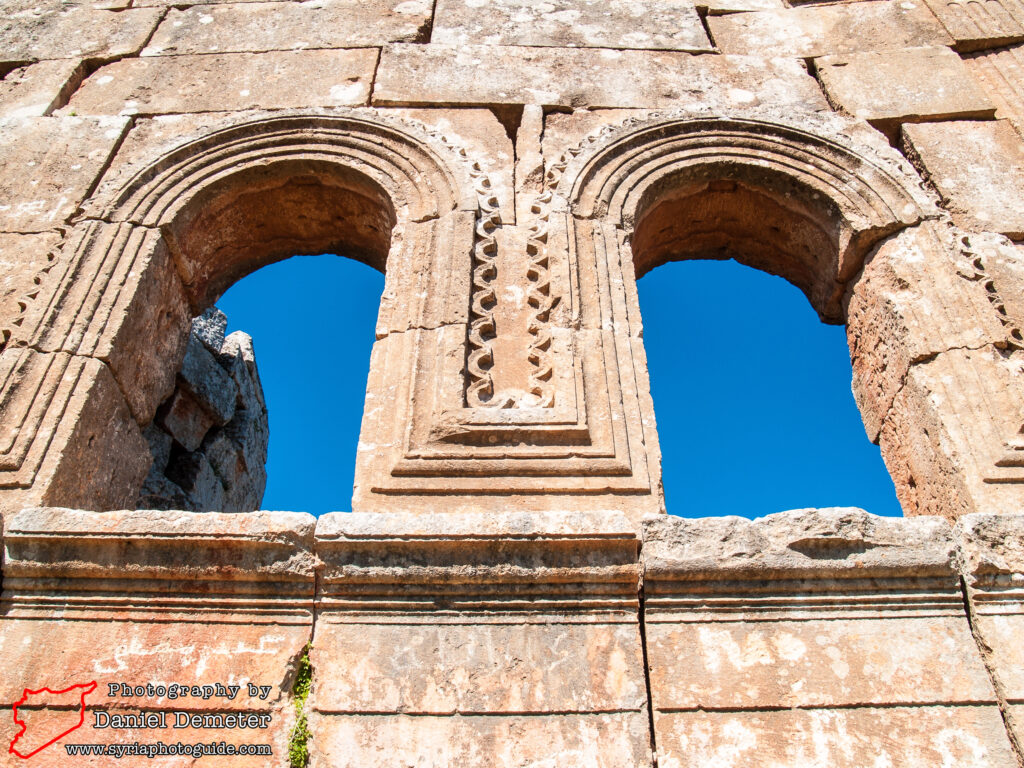
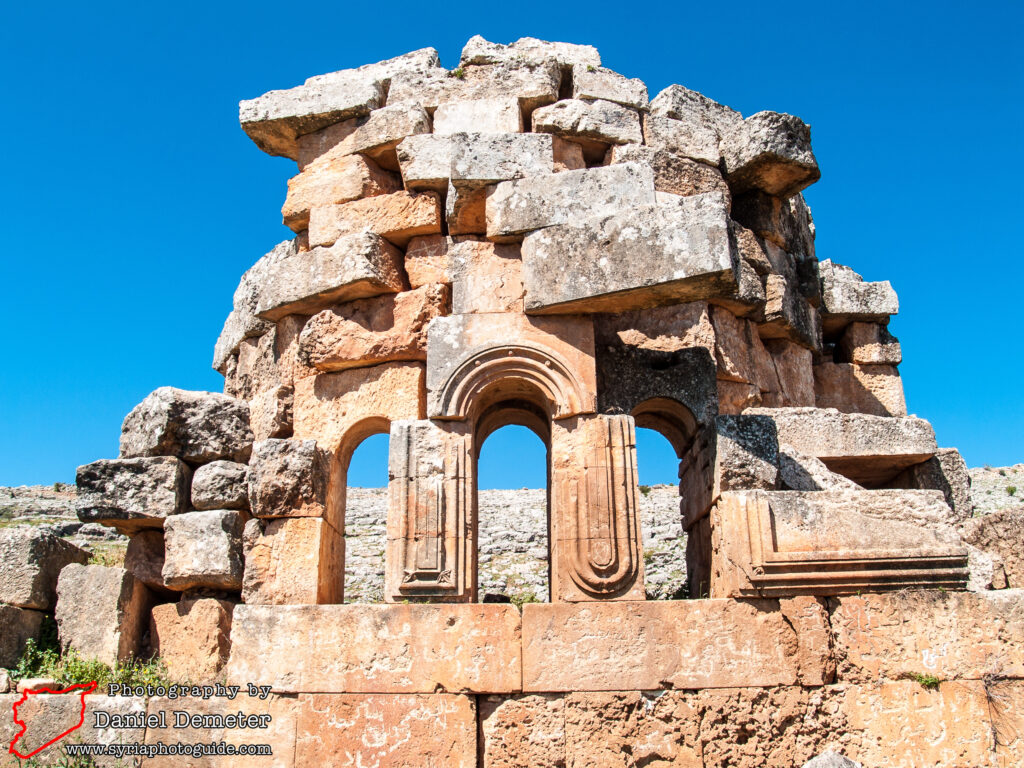
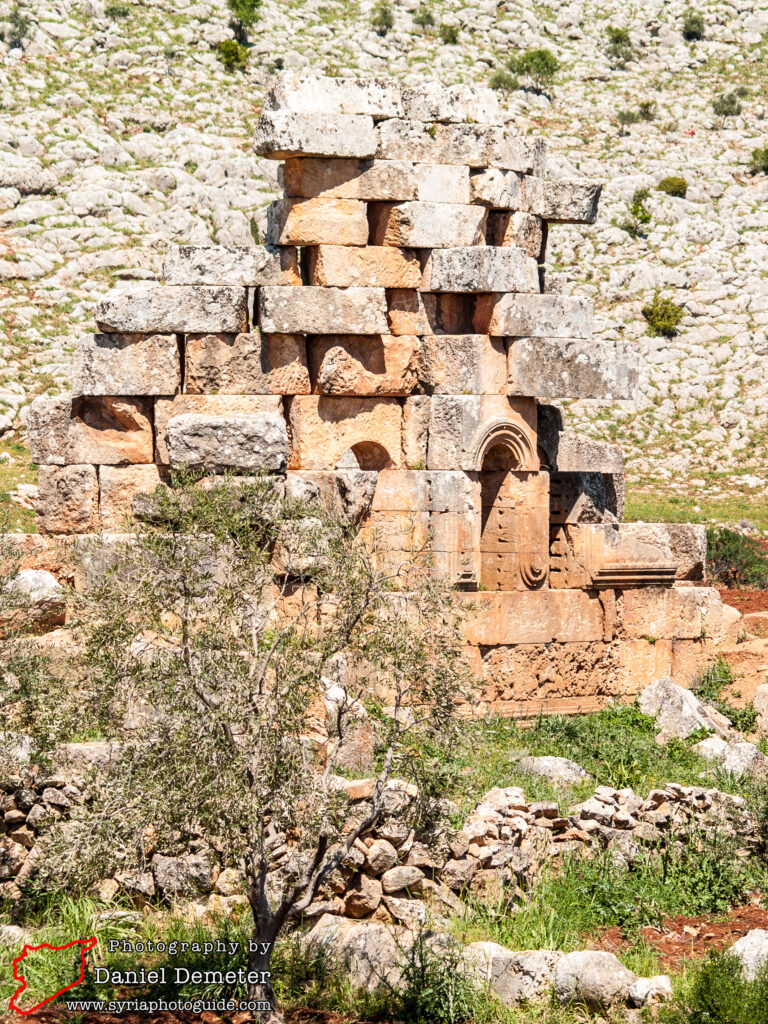
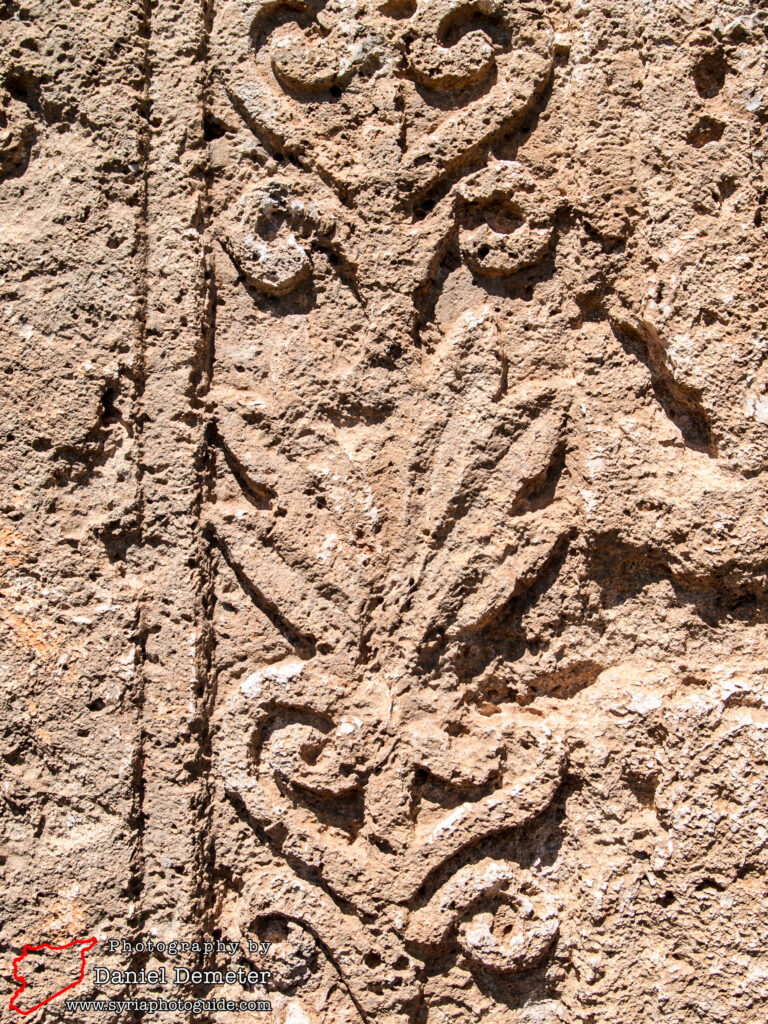
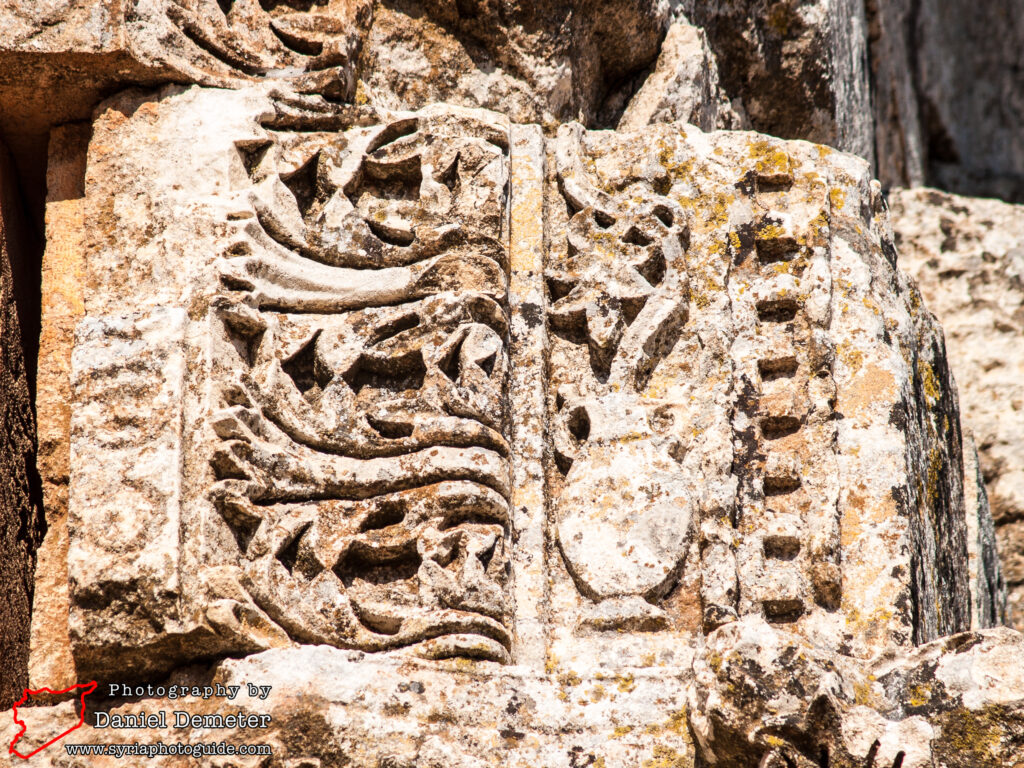

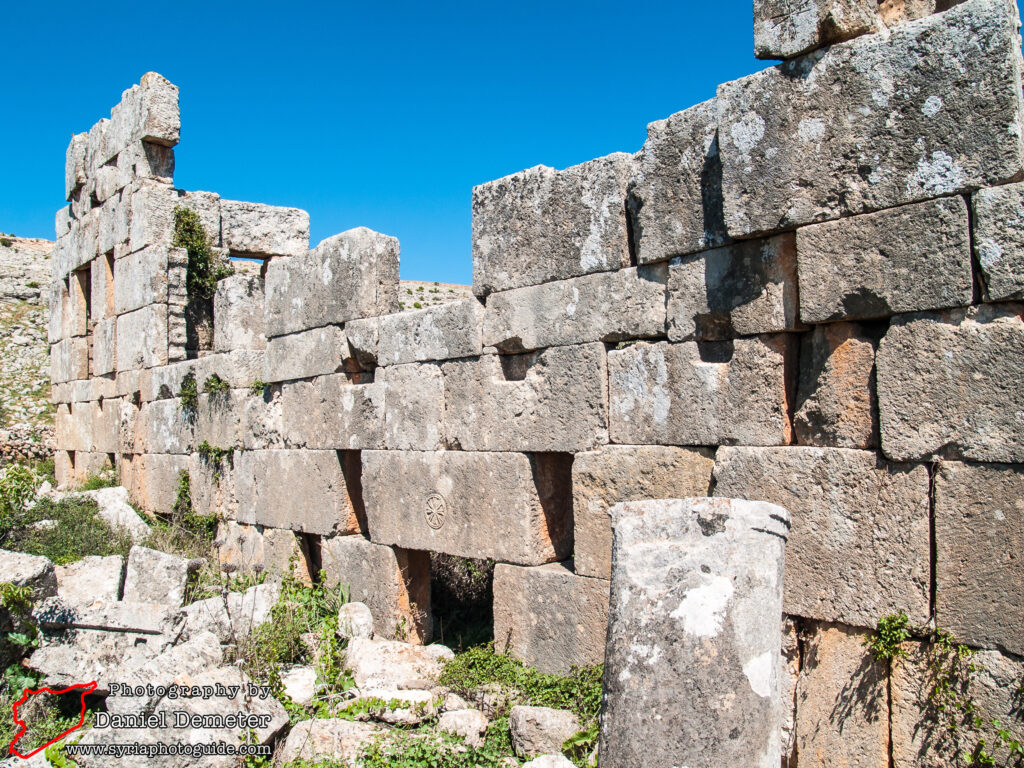
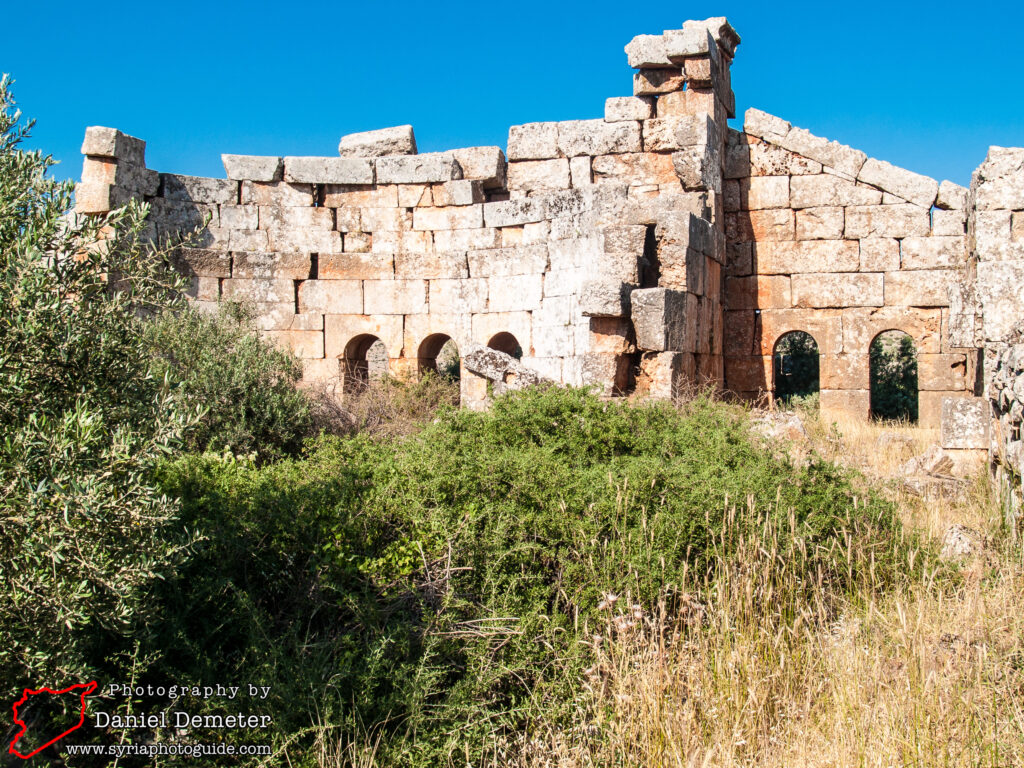

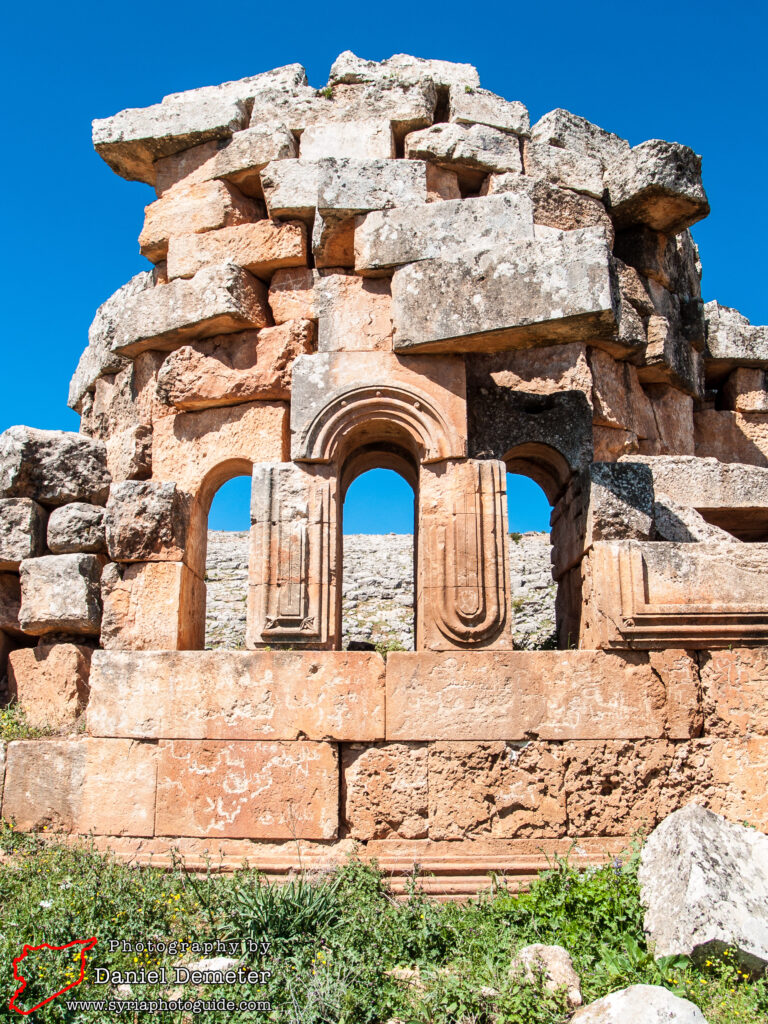
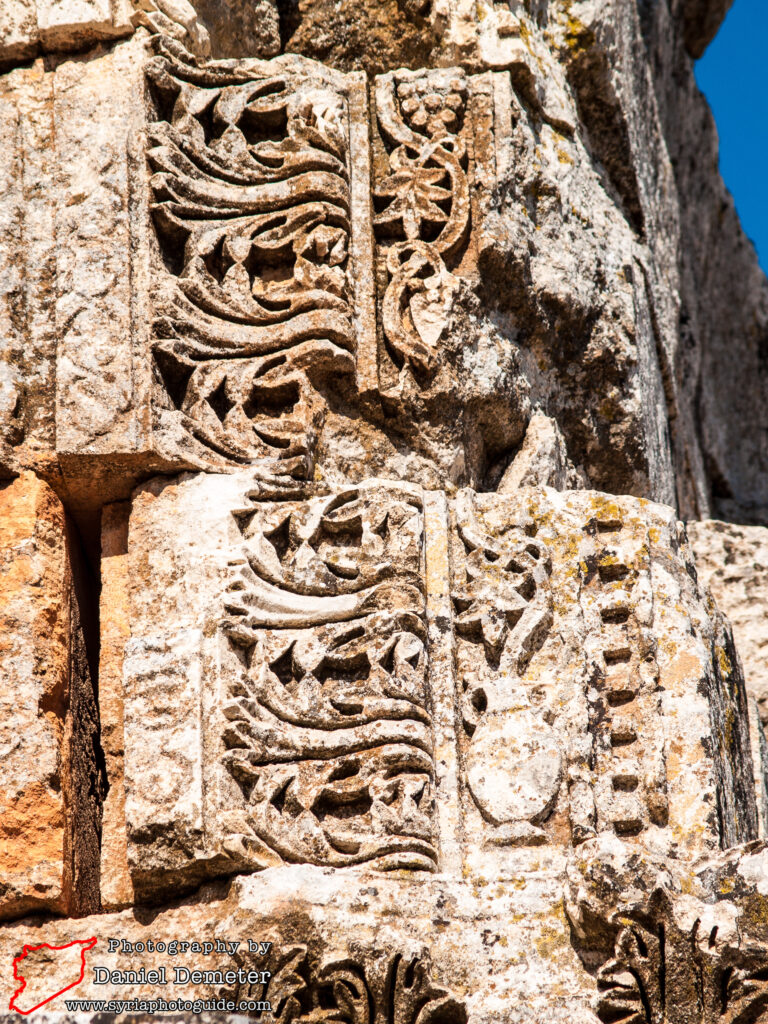

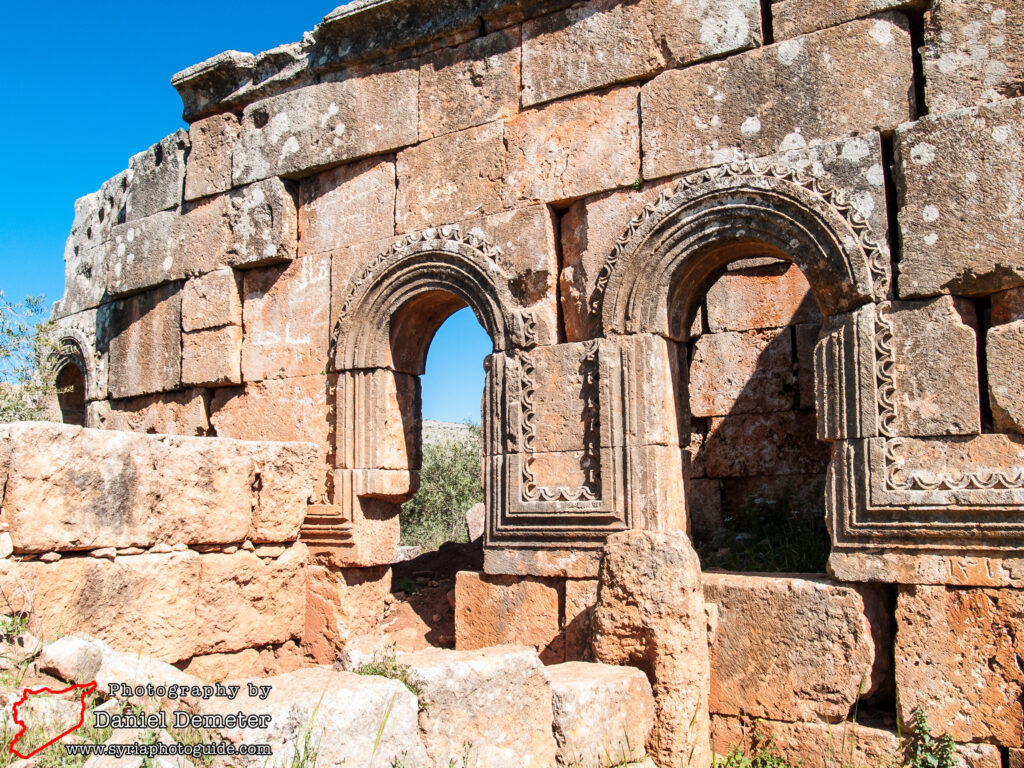
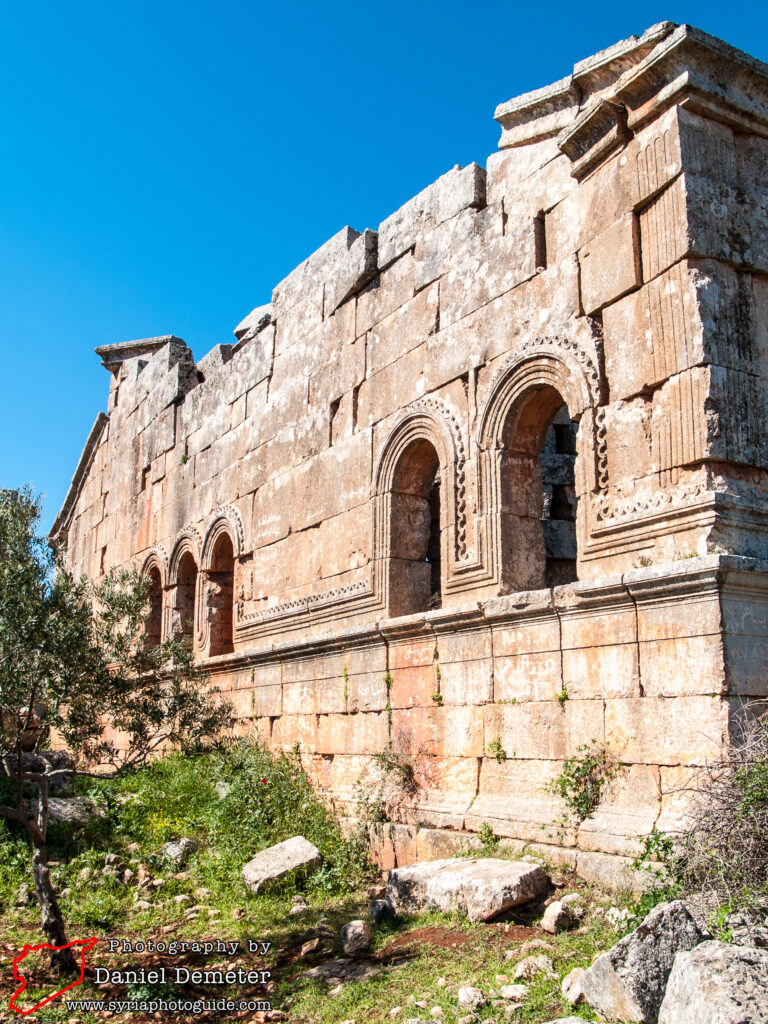
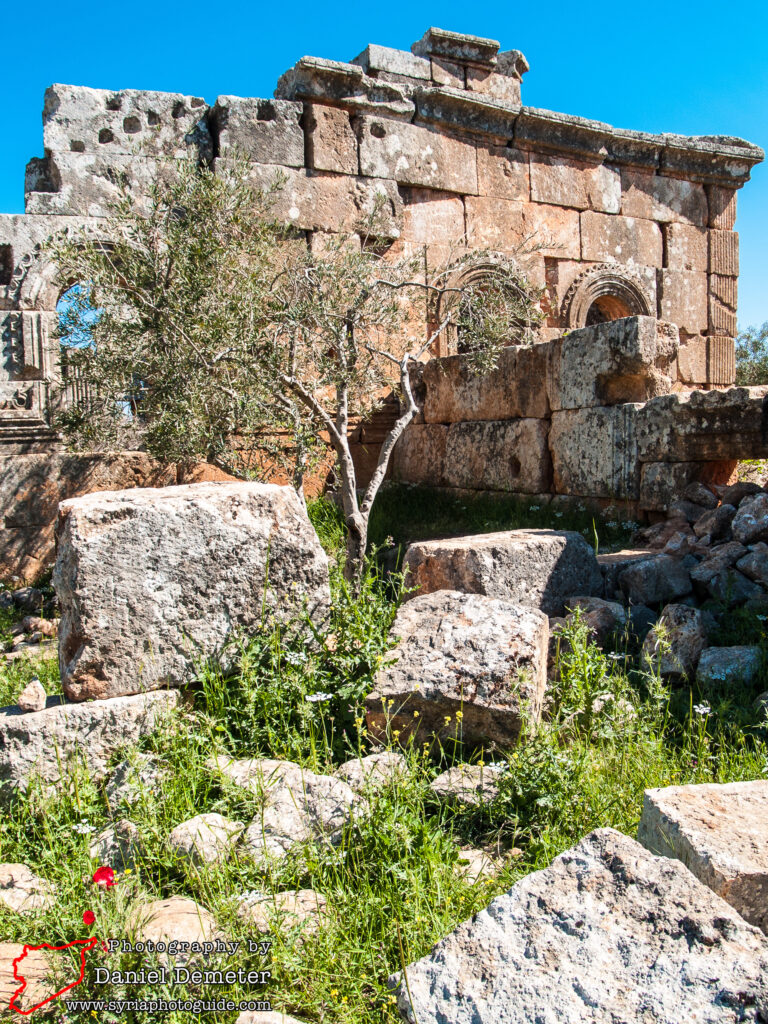
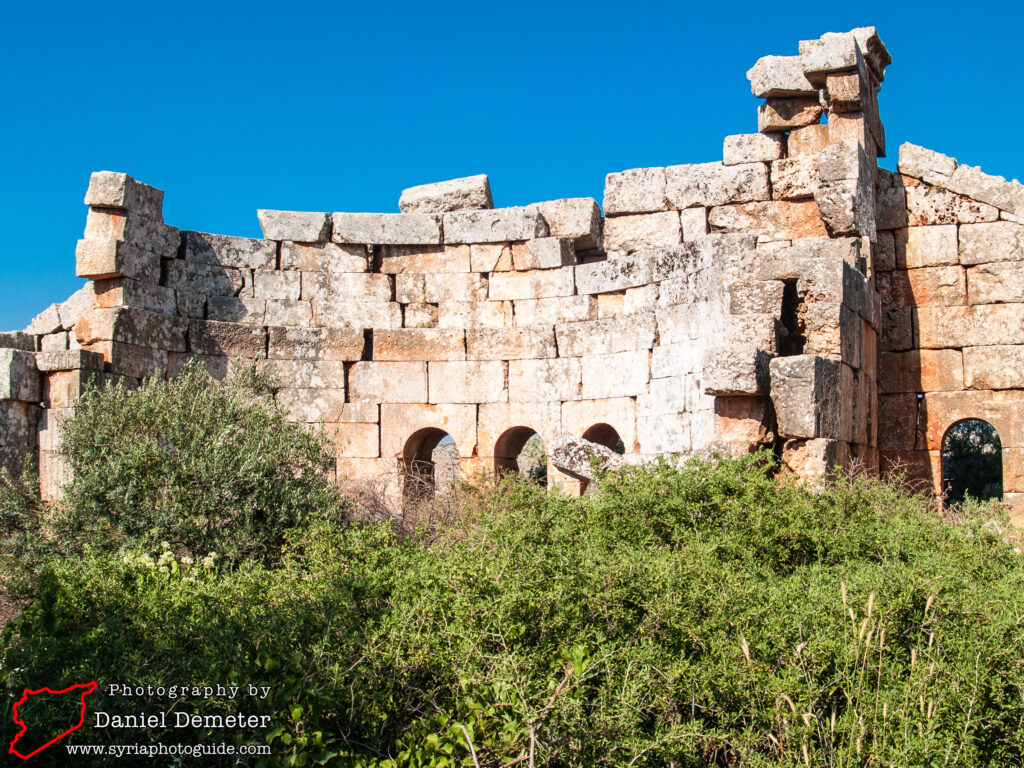
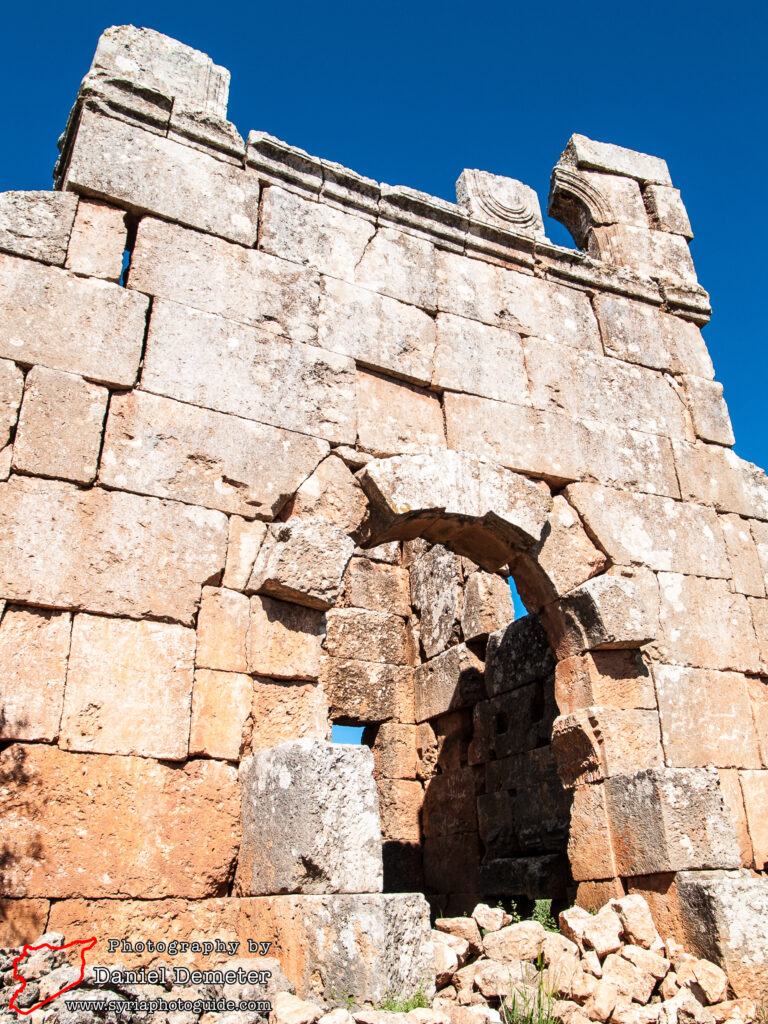
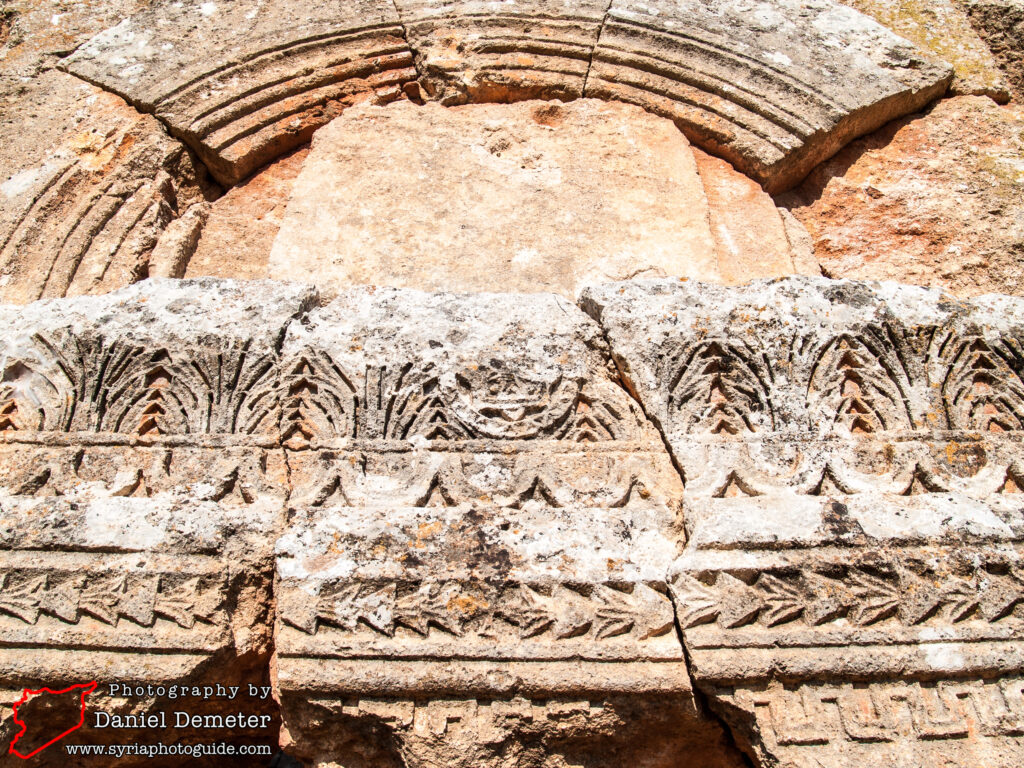
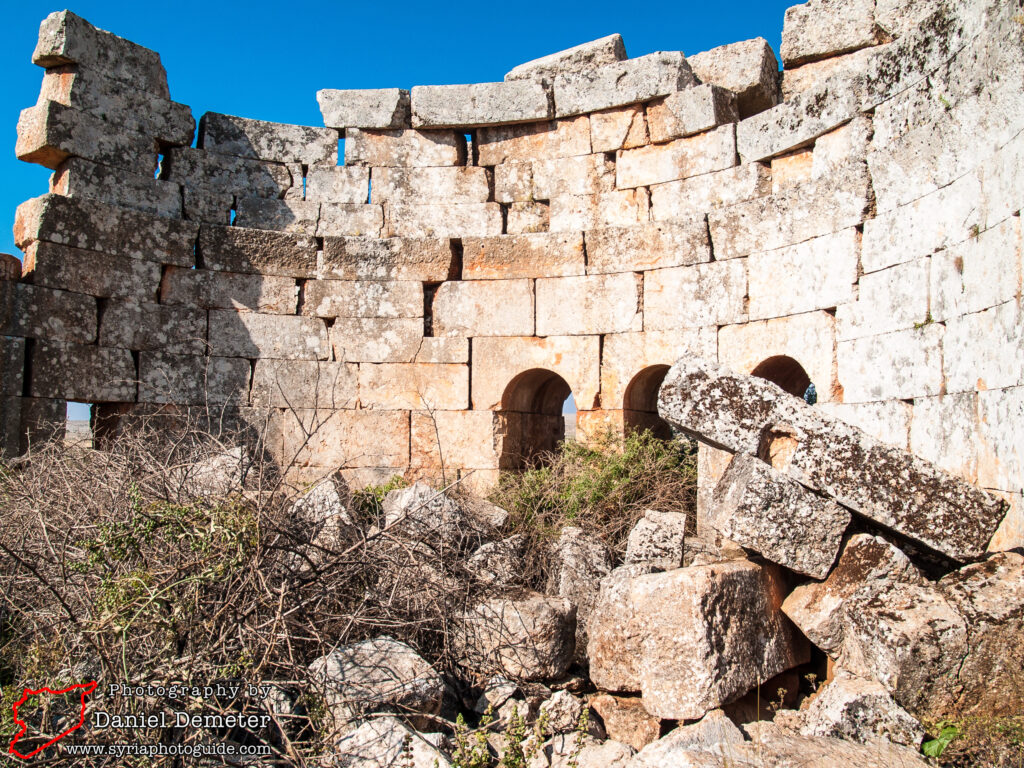
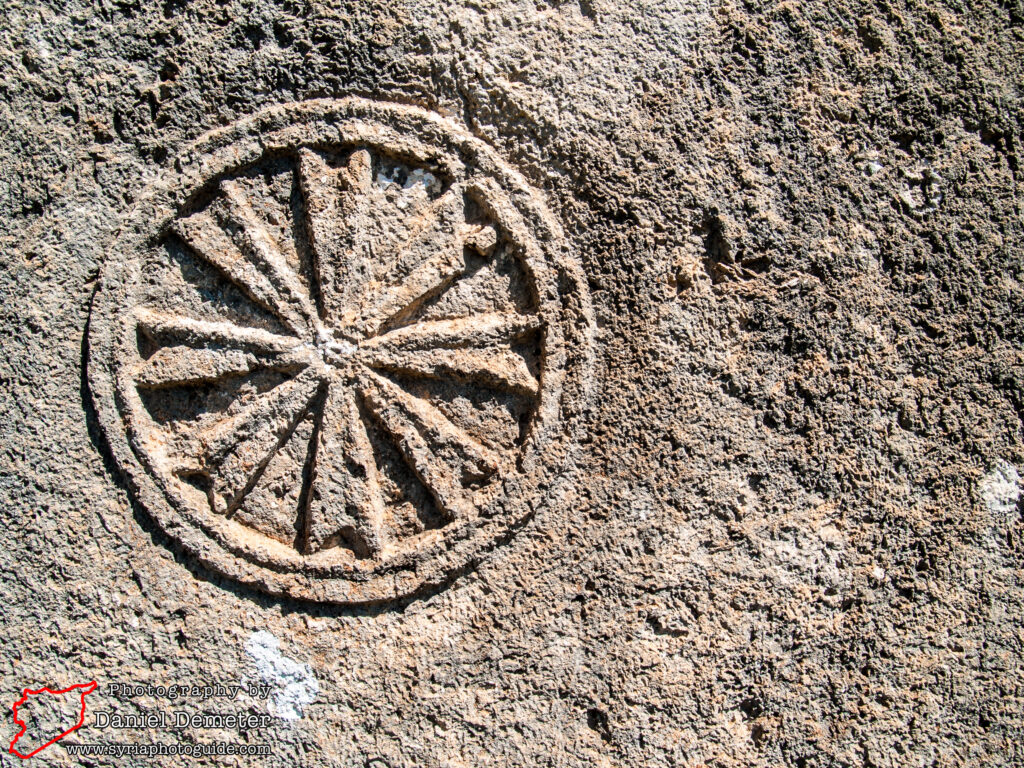
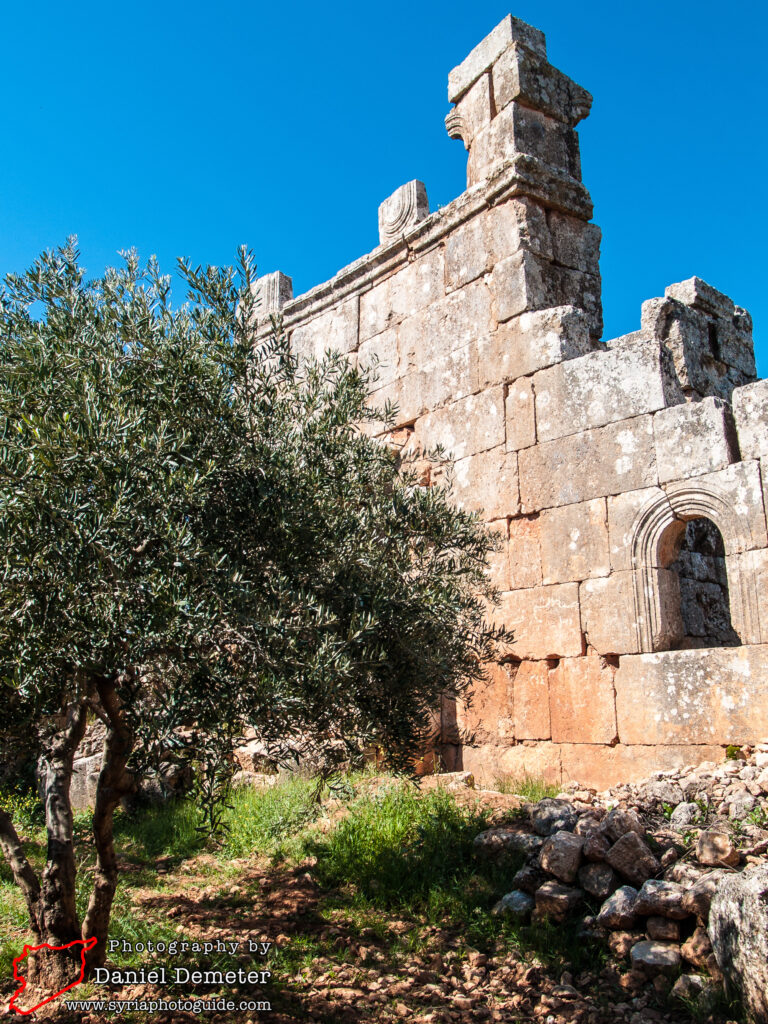
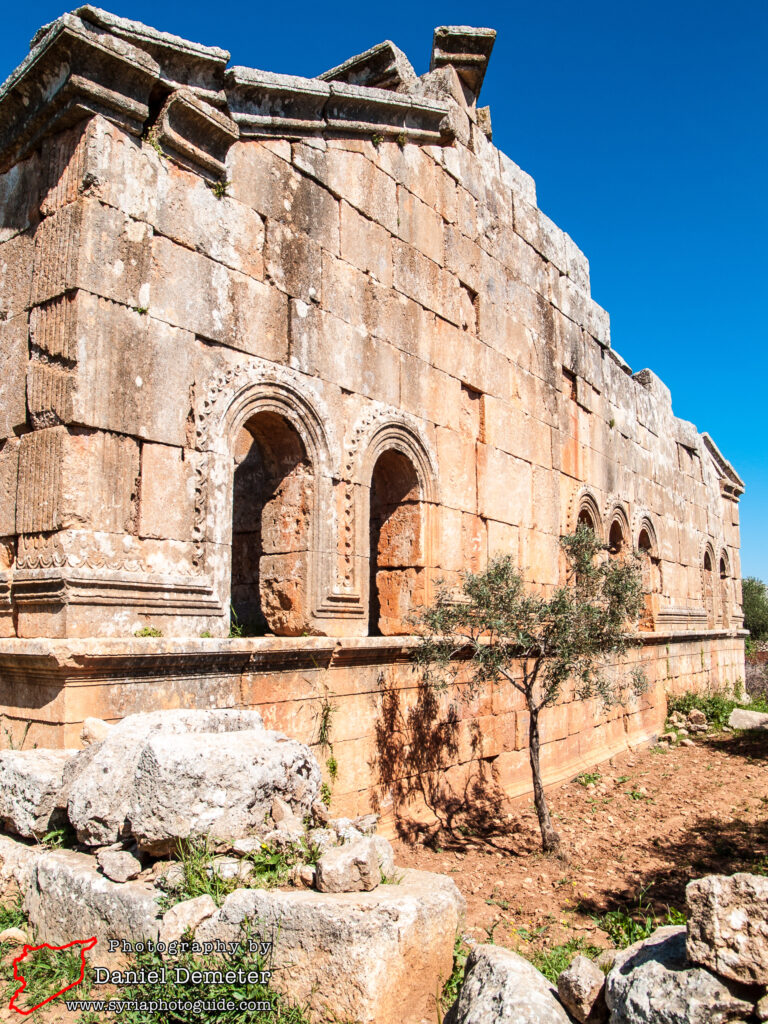
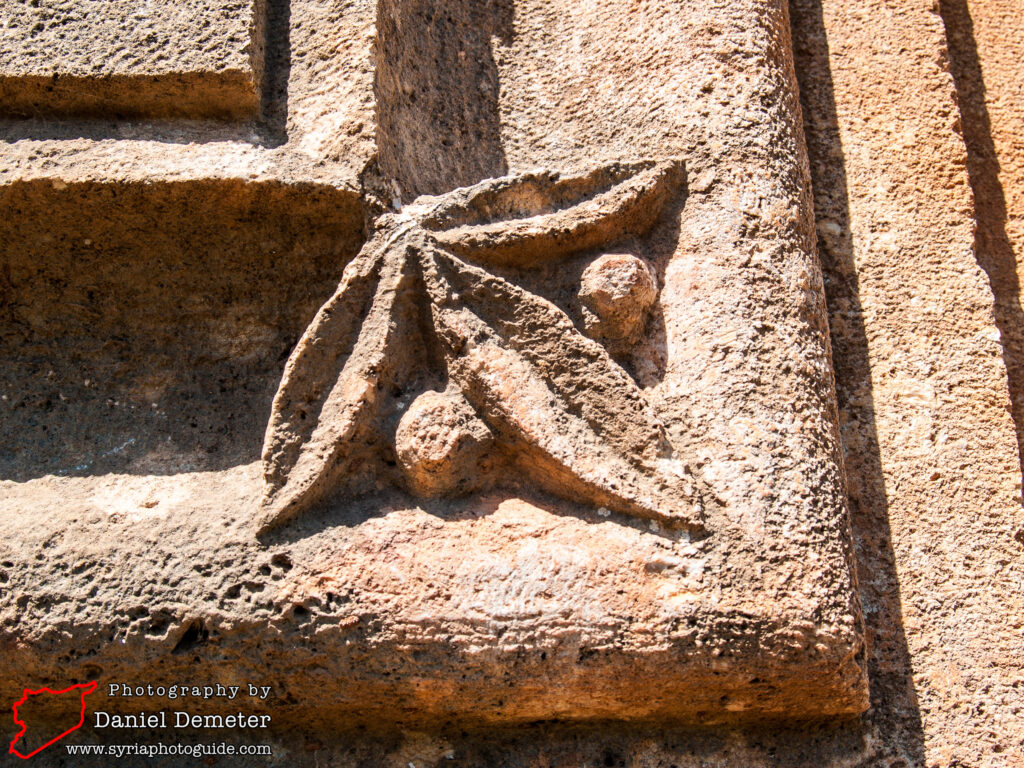
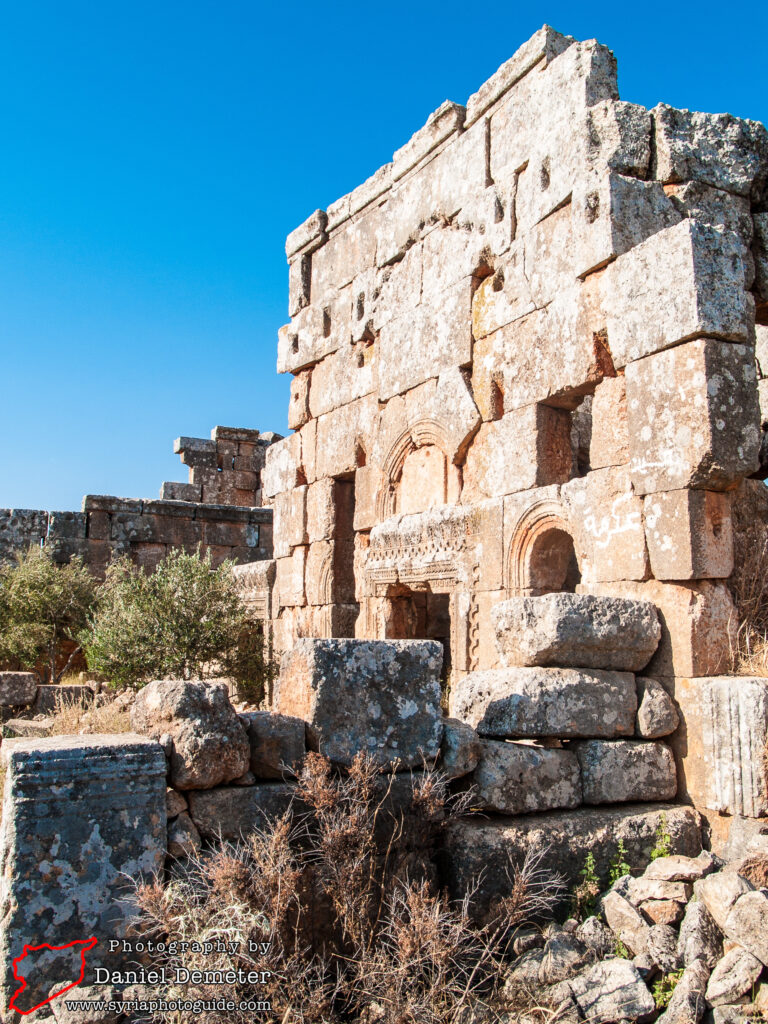
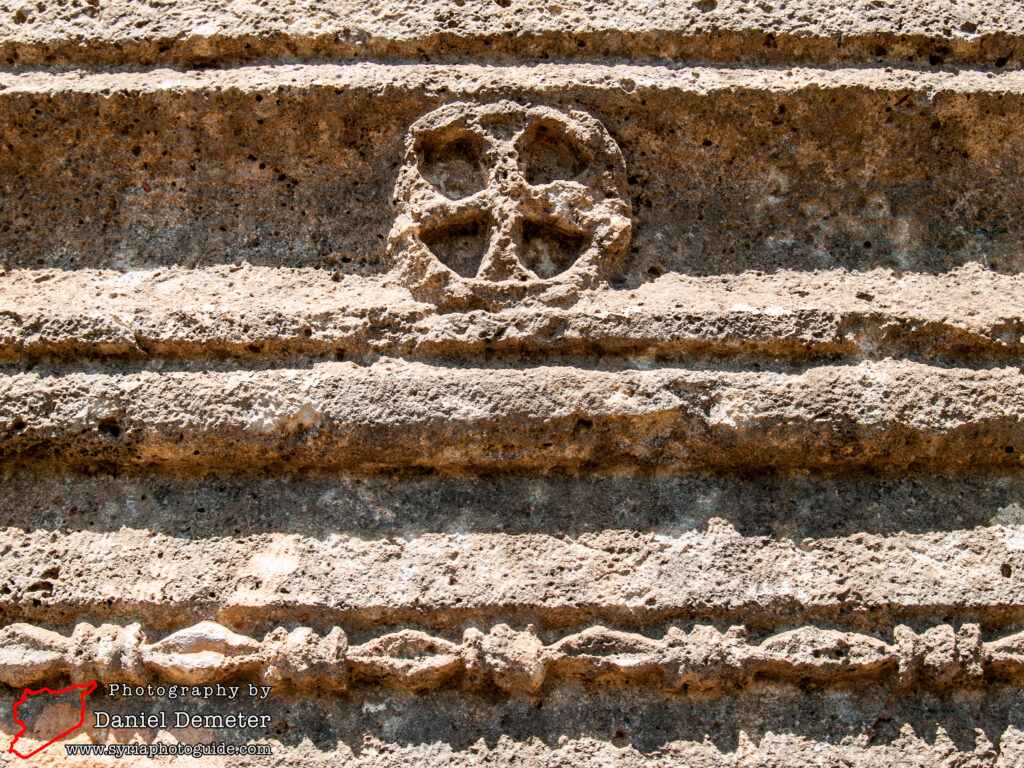
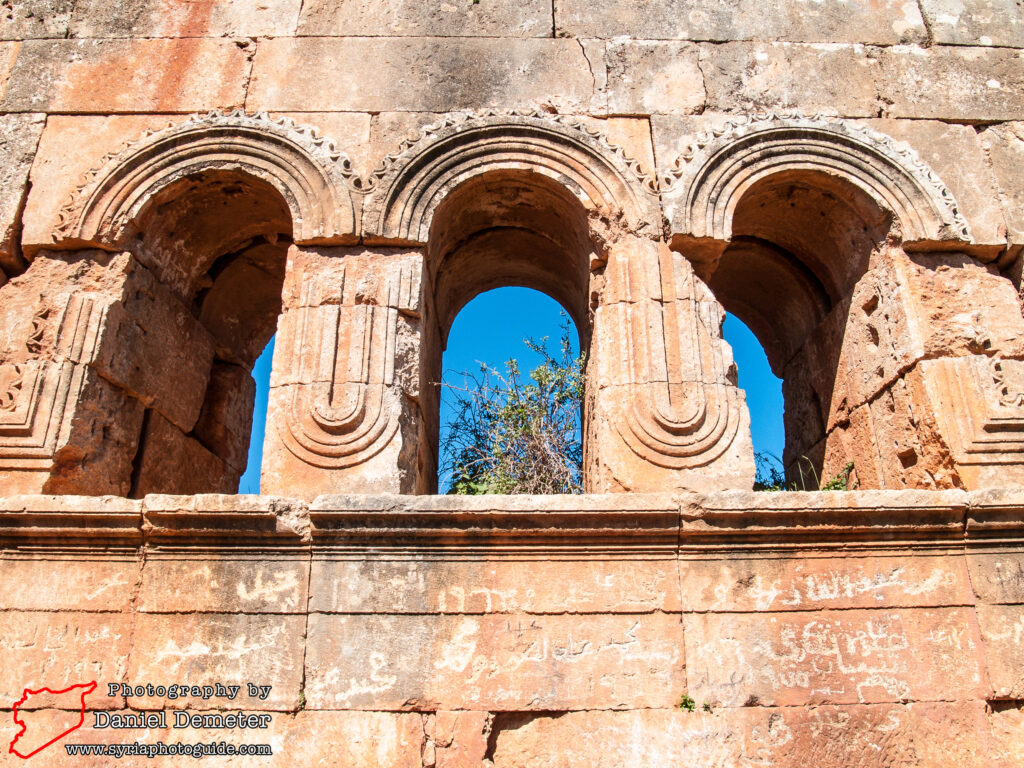
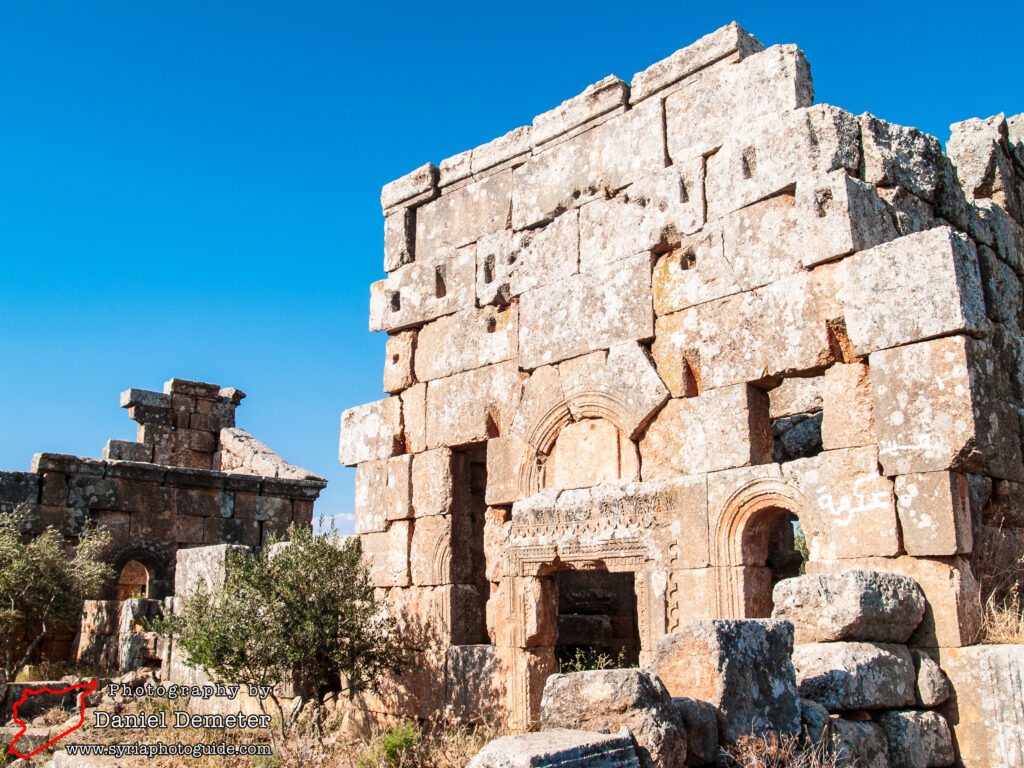
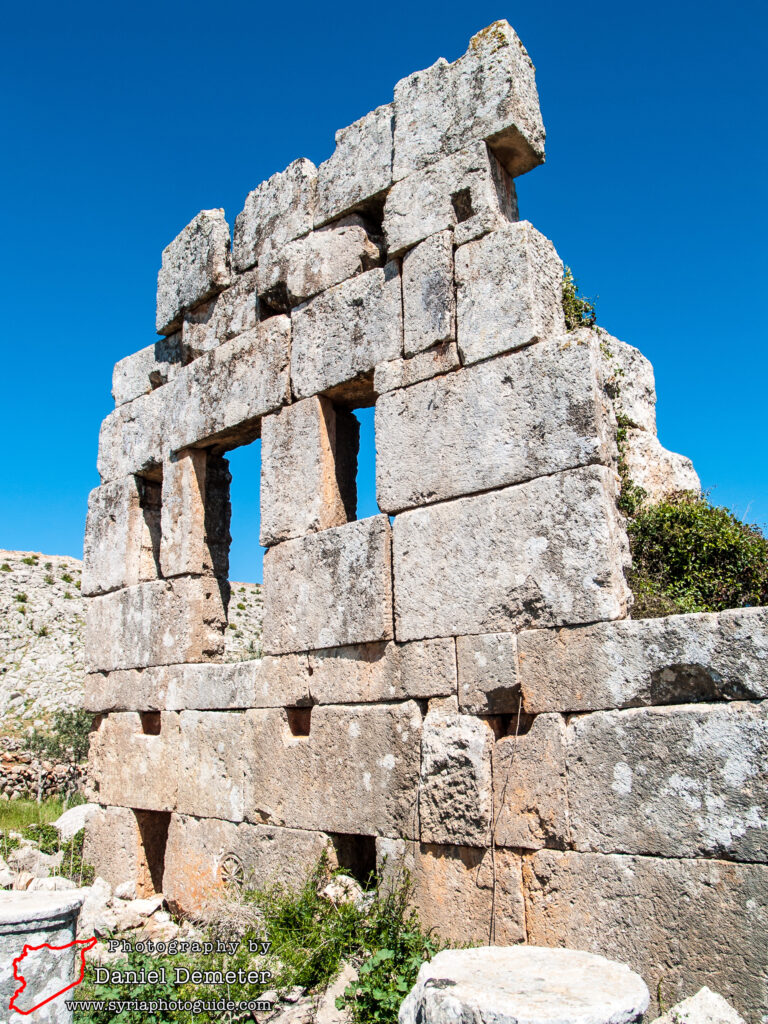
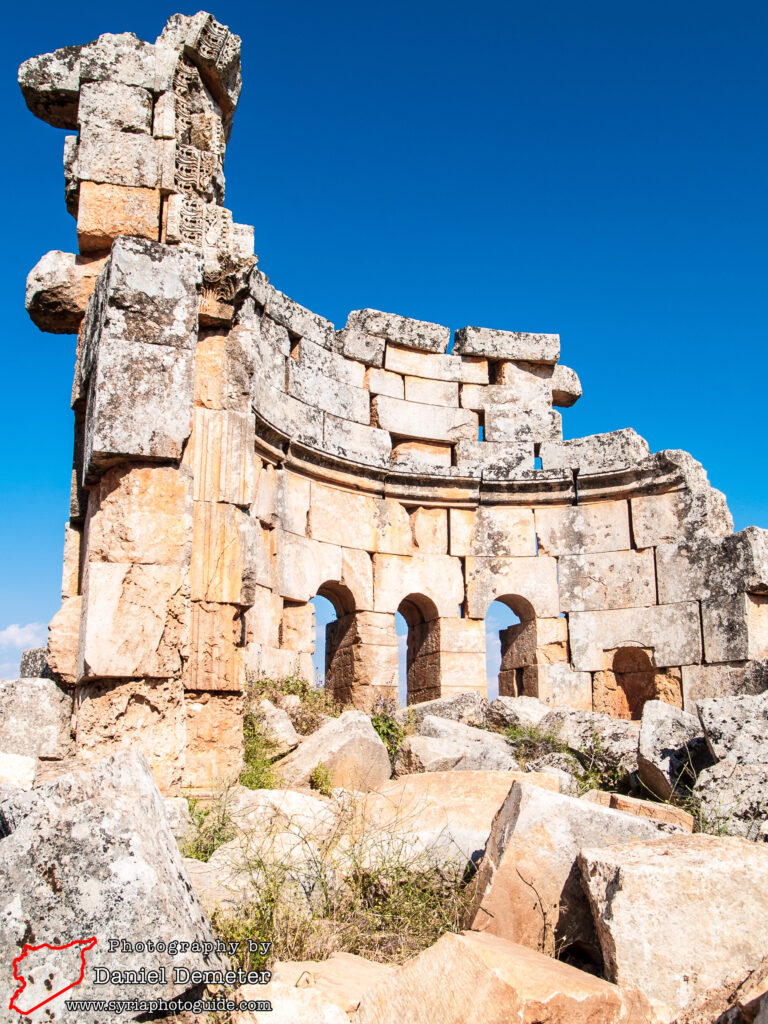
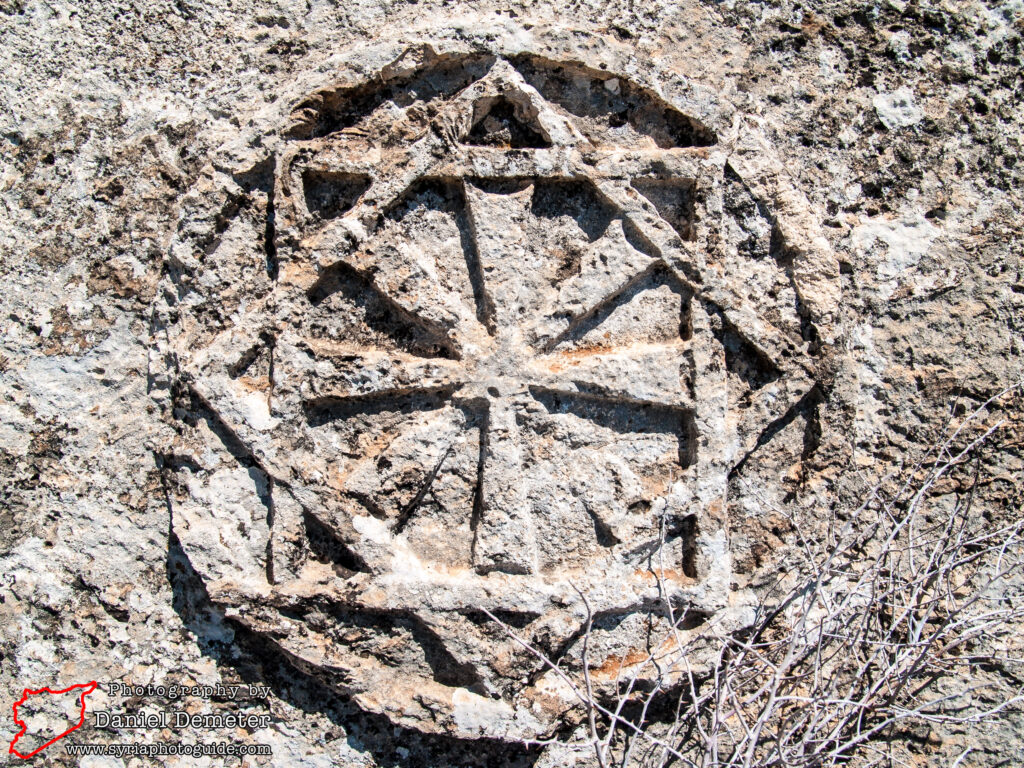
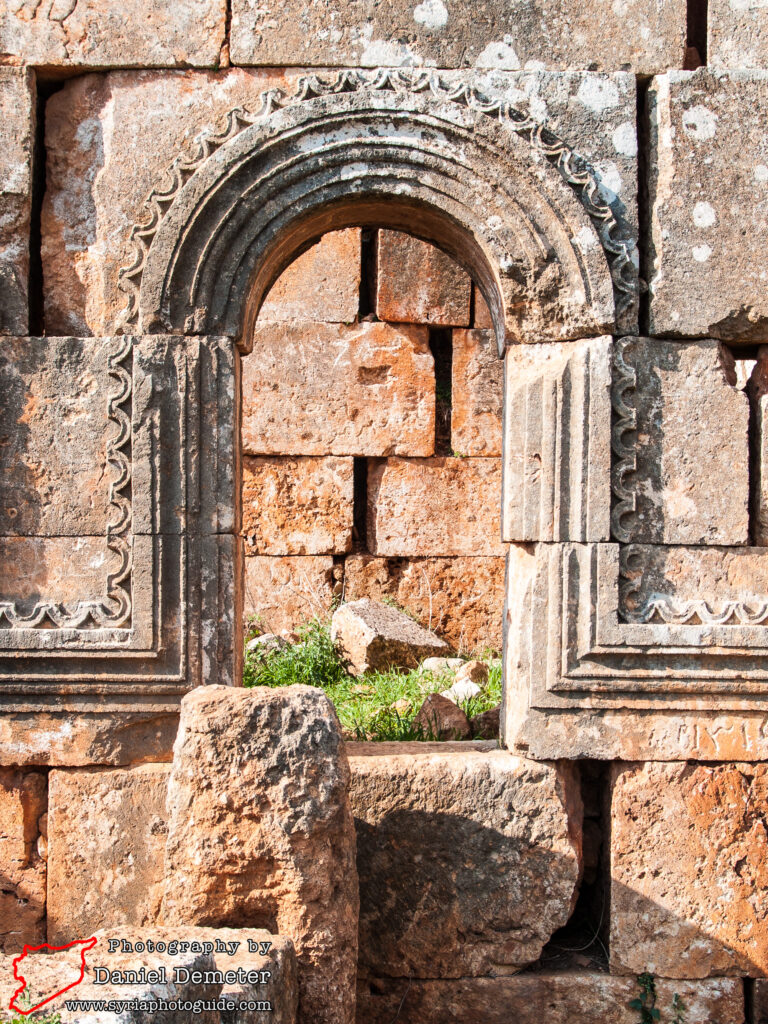
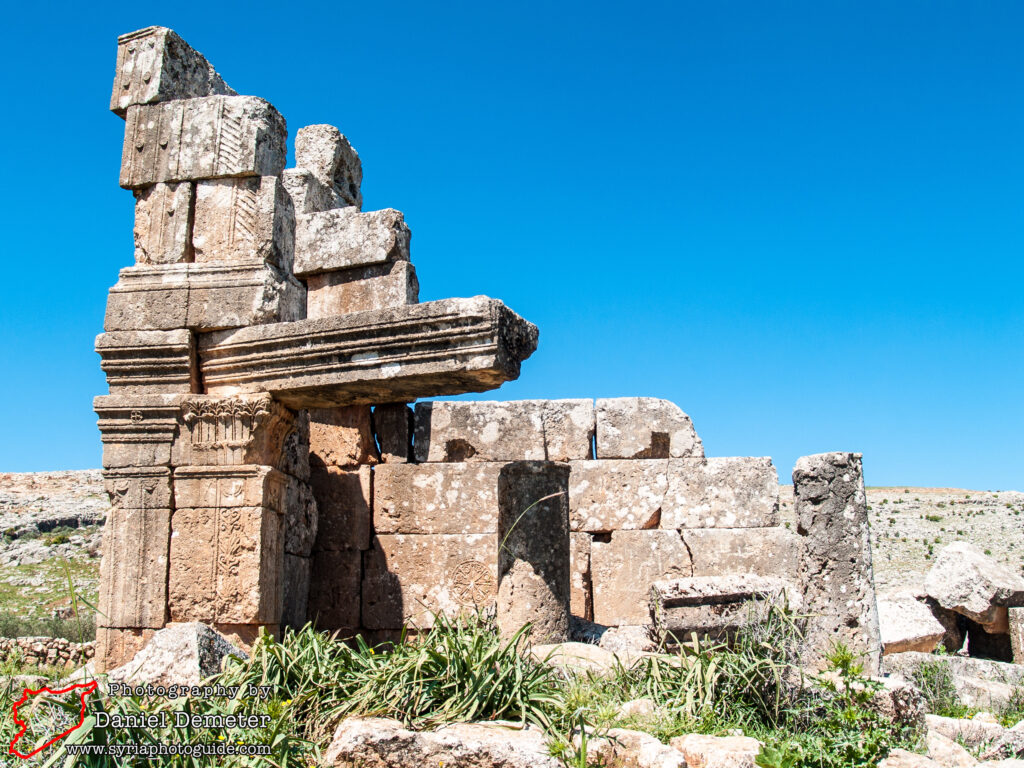
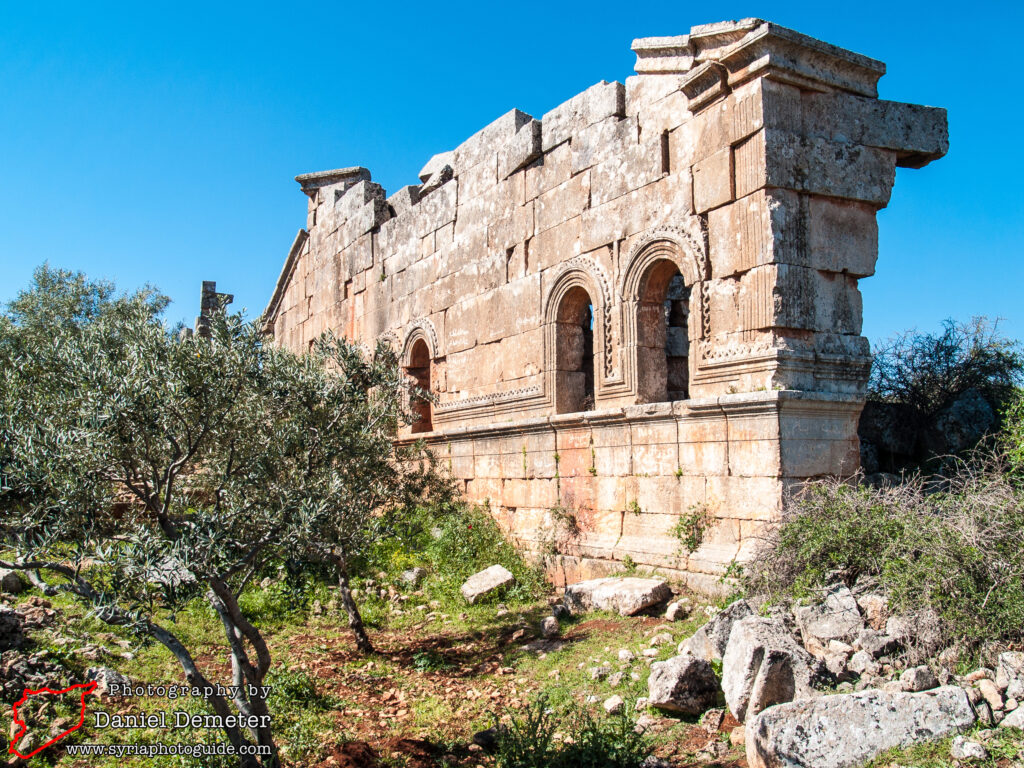
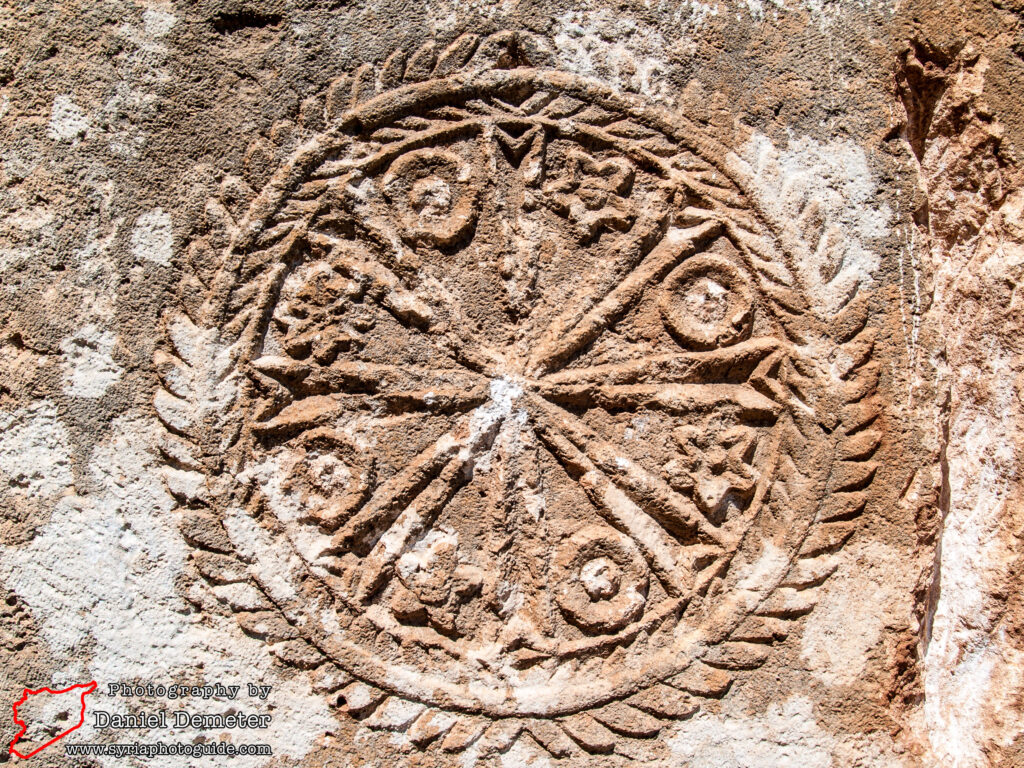
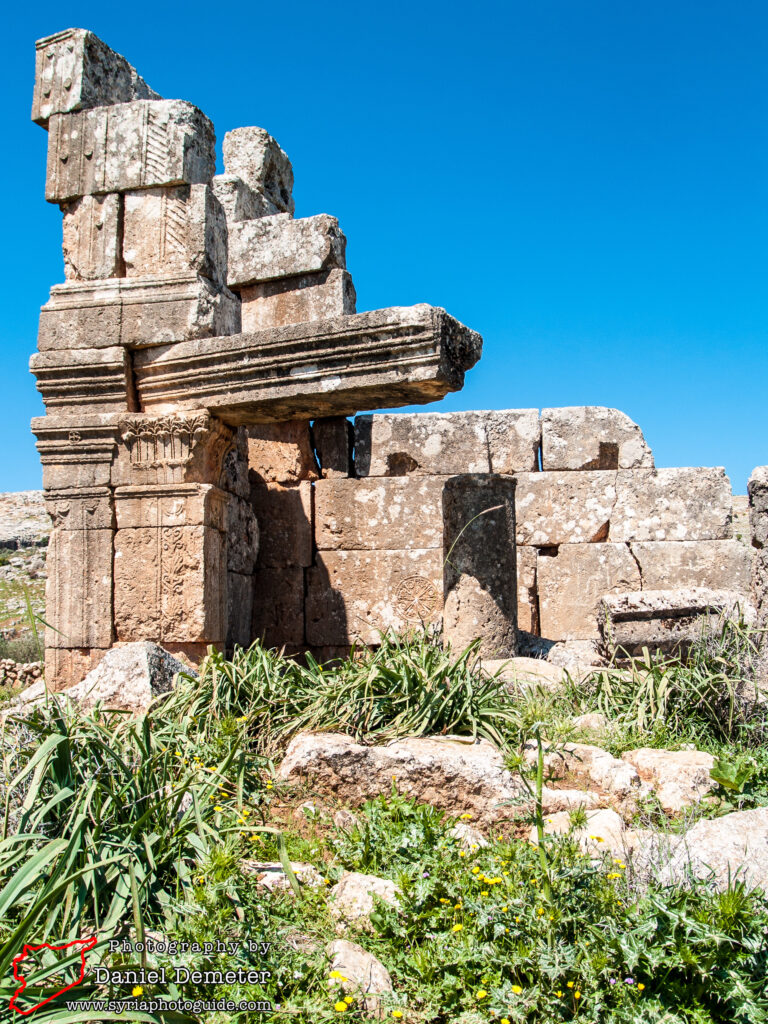
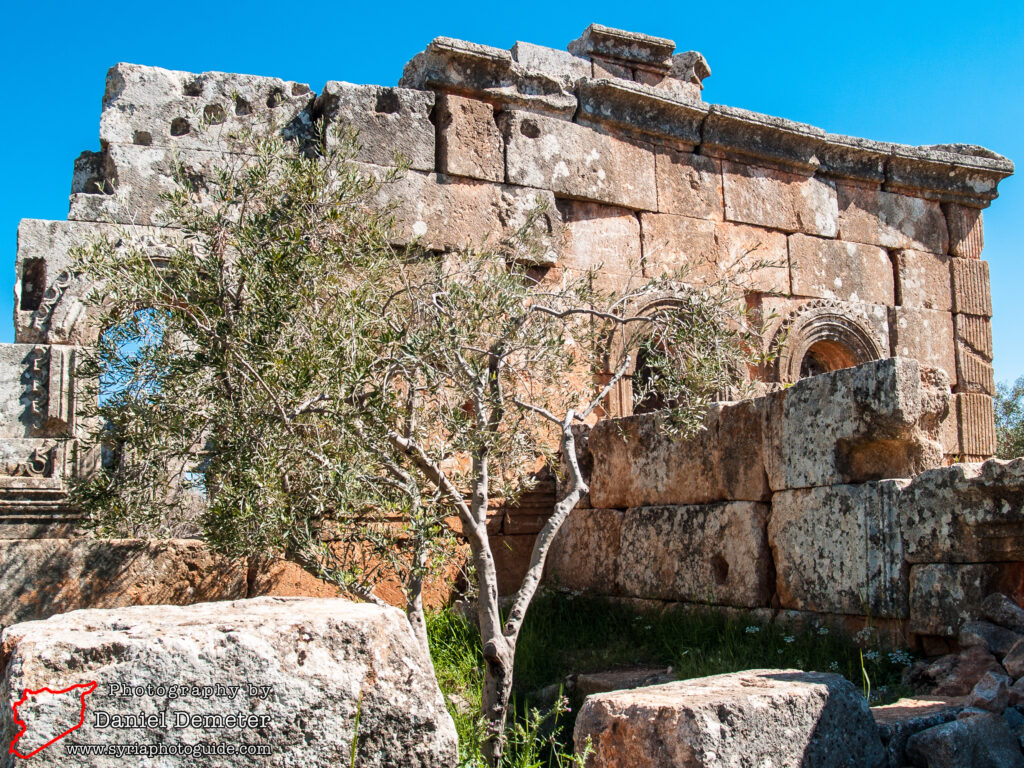
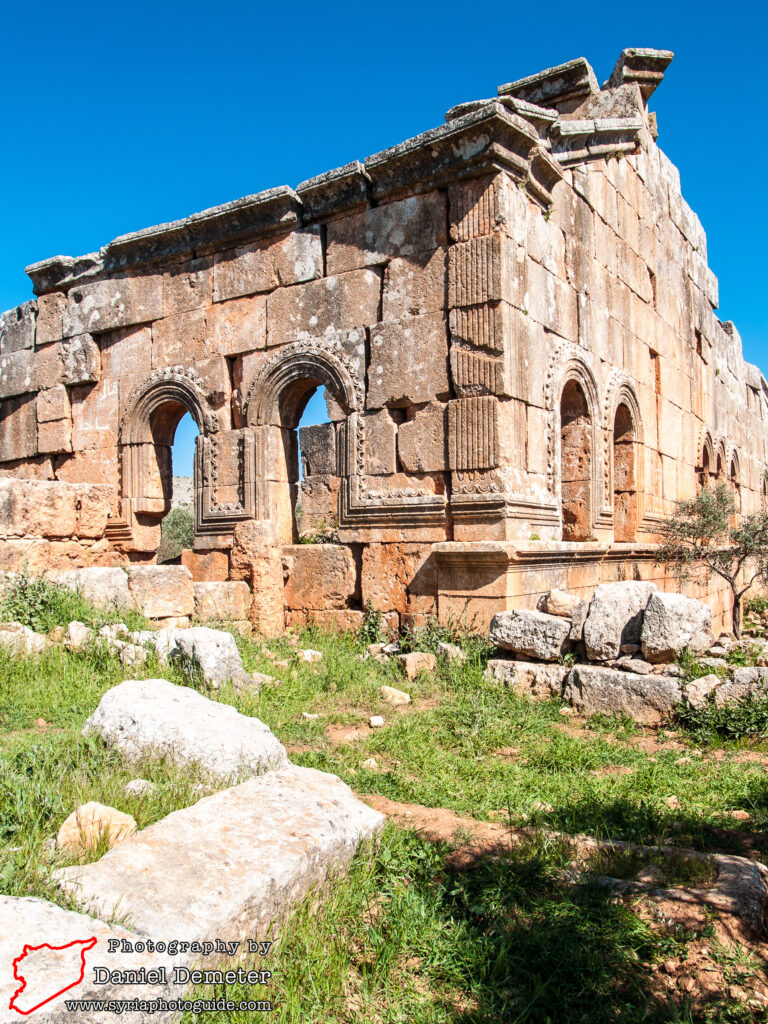
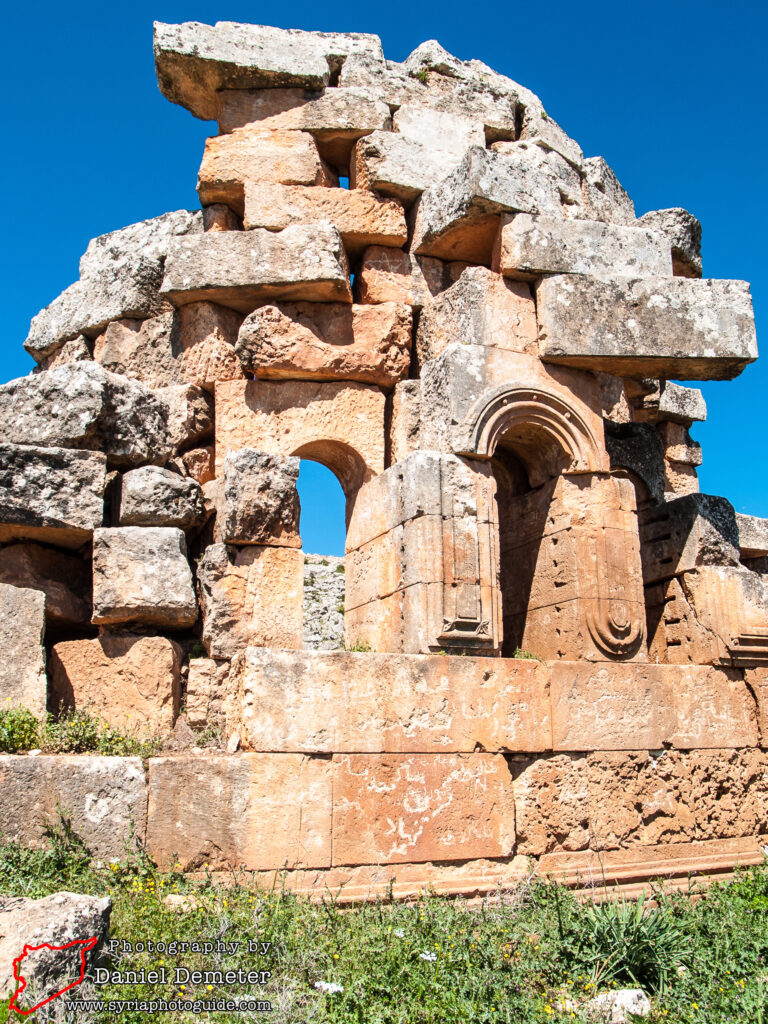
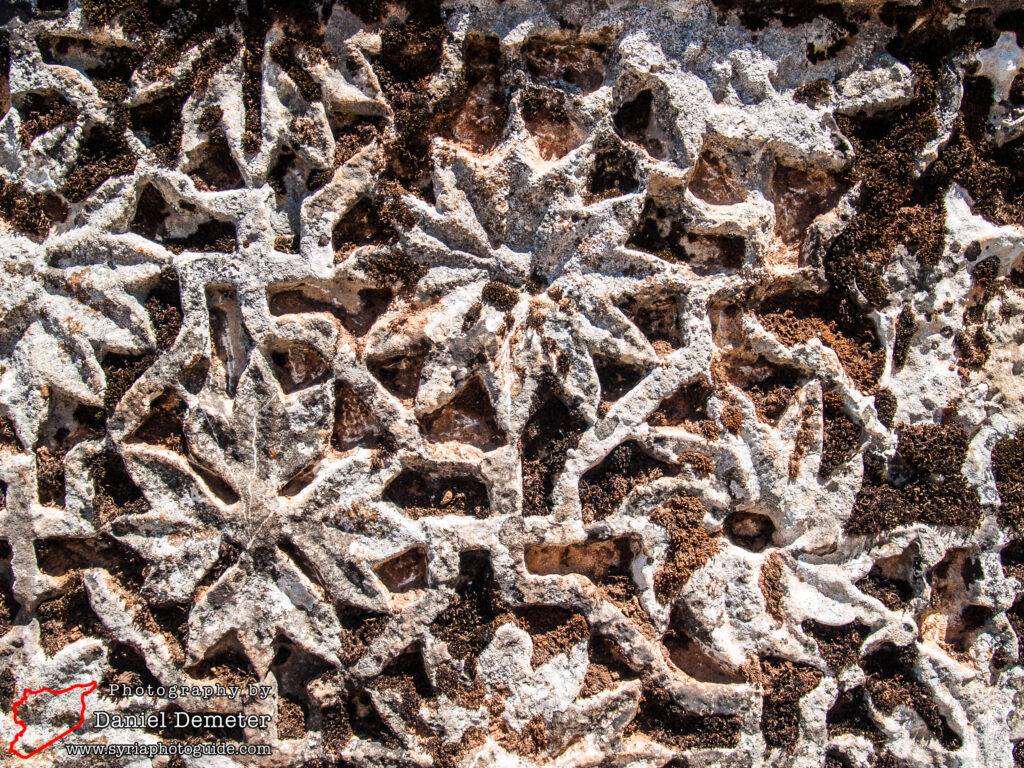
Getting There: Getting to Maaz (ماعز) is a bit of a challenge. First, one must travel to Sarmada (سرمدا). There are fairly frequent microbuses between Sarmada (سرمدا) and Aleppo (حلب), and any microbus traveling from Aleppo (حلب) to Harem (حارم) will also pass through. There are also occasional microbuses between Sarmada (سرمدا) and Idleb (إدلب).
From Sarmada (سرمدا), there is an additional nine kilometers to travel via the village of Kafr Darian (كفر دلريان), five kilometers to the west, and then the site of Maaz (ماعز), another four kilometers to the south. There are occasional microbuses from Sarmada (سرمدا) to Kafr Darian (كفر دلريان), but the remaining distance must be traveled either on foot, by hitchhiking, or by hiring a private driver.
Coordinates: 36°08’44.69″N / 36°40’01.46″E
Transliteration Variants: Meez, Maiz, Maez
Rating: 5 / 10
